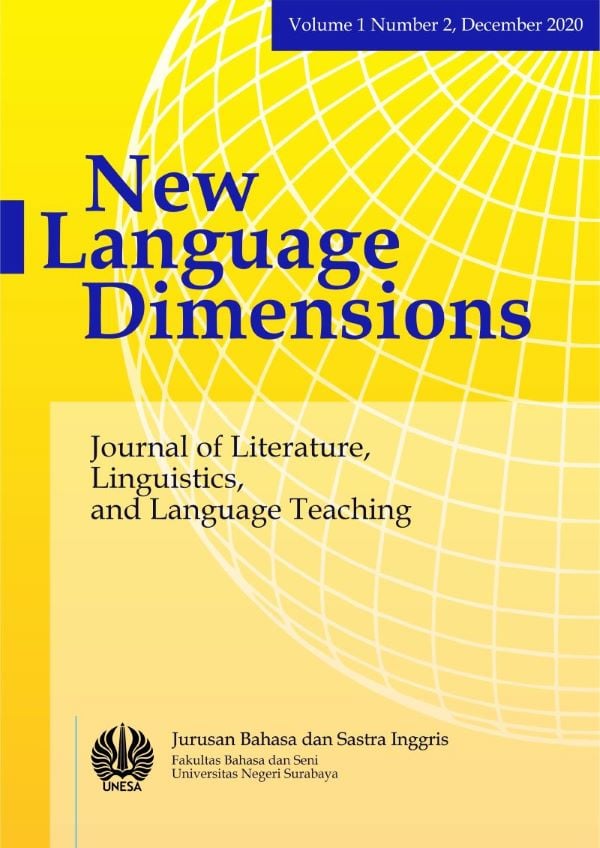Consumers Perceptions on Semantic Opacity of J.CO Donuts & Coffee Menu
DOI:
https://doi.org/10.26740/nld.v1n2.p65-75Abstract
Consumers perception plays a noteworthy role in determining a menu. Without a doubt, the first thing that consumers will look at before deciding on their food choices is that menus and the menus are closely related to consumers perceptions. Therefore, lots of culinary businesses such as cafes and restaurants utilize strategy by creating unique food names in their menu list in order to attract more consumers. However, in opting for unique and appealing food names, the menu planning should consider the compatibility between the meaning and the food name. This study focuses on consumers perception on semantic opacity of J.CO Donuts & Coffee menu. The purpose of the study is to depict the perception of consumers towards semantic opacity menu name as well as the relation of food names, personal reference of food appearance, and meaning. This study applies a descriptive qualitative method by using an interview instrument and uses several theories, namely visual appearance of food by Kramer (1973) and a value triangle by Widyastuti & Astiandani (2020), an adaptation theory from Ogden & Richard (1946). The result shows that the meaning of food is indirectly related to food name since the meaning is not clearly stated to the food.
Keywords: consumers perception, semantic opacity, food name, culinary business.Downloads
References
Downloads
Published
Issue
Section
 Abstract views: 623
,
Abstract views: 623
, PDF Downloads: 339
PDF Downloads: 339











